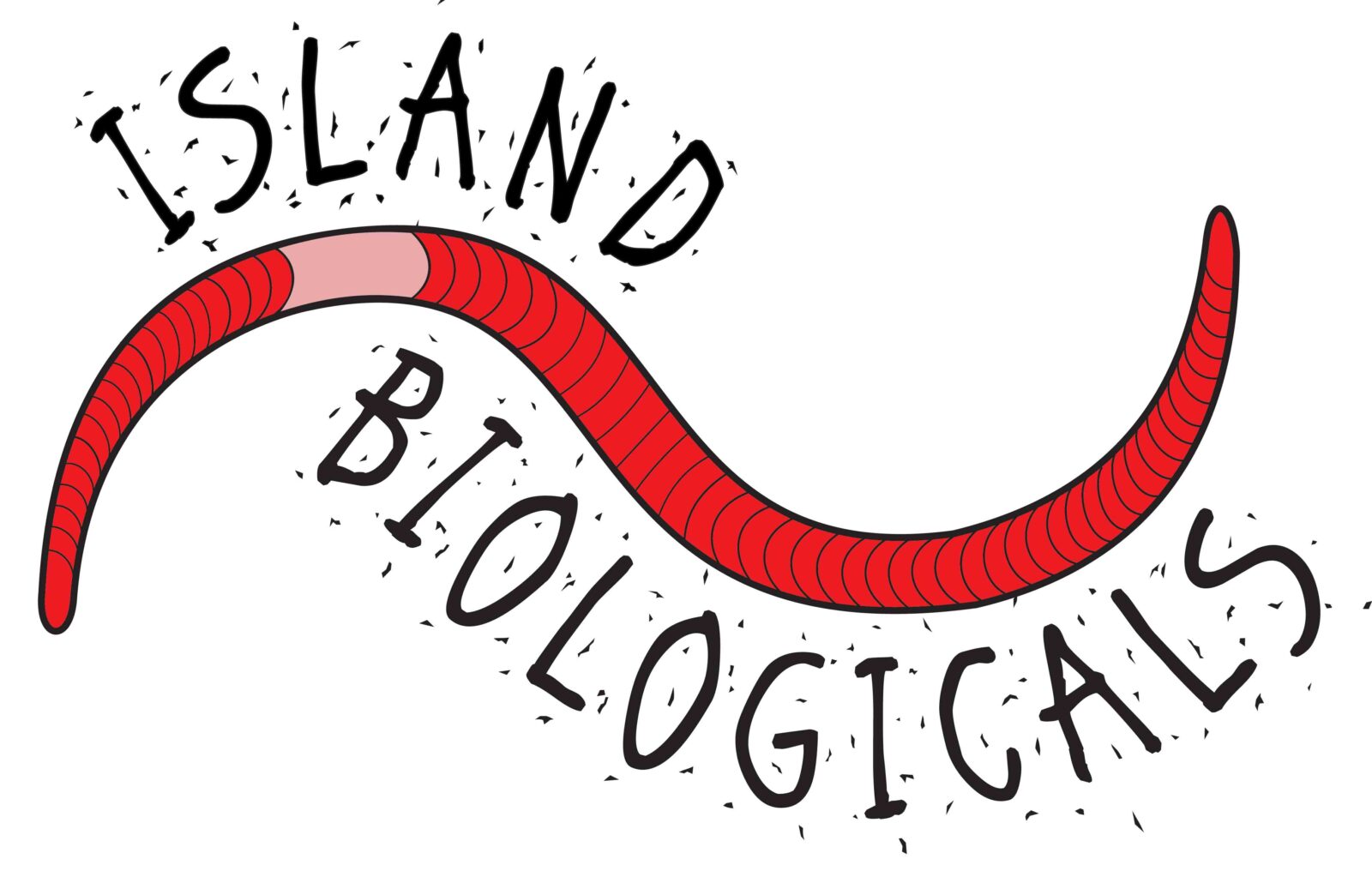Biocast application
Ways you can use Biocast
There are four main ways we recommend the use of Biocast. They are as a foliar application, as a soil application, as a transplant drench, and as a seed inoculate. Read on for more information on the benefits of each, what situations each is best for, and how to apply it.
On the leaves (foliar)
Benefits:
- Direct contact of microbes on the leaf surface helps suppress pathogens and diseases by introducing competition. It creates a more balanced leaf surface ecology where no one thing is as likely to get out of check.
- Fulvic acid takes the minerals that are bonded with it through the plant cell walls for an immediate effect.
- There is a double effect because whatever drips off the leaf lands on the ground and is usable by the plant’s roots, making it our preferred application.
- This method allows plants to develop their own soil microbe communities at a level that is sustainable to them (healthy plants build healthy soils!).
What to use this method on:
- This is our favourite application as Biocast is safe to apply to the leaf surface of all plants.
- Plants suffering from fungal diseases such as powdery mildew and black spot, and those prone to such diseases (prevention is easier that a cure).
- Plants looking poorly that need a quick boost.
- Fast growing plants such as vegetables.
How to apply:
- Use a watering can or sprayer with a large droplet size (to protect the microbes).
- In your vessel, add part B to part A and dilute with water 20:1.
- Spray in the coolest part of the day to maximise leaf contact time before evaporation.
- Aim for 70-80% leaf coverage just to the point of runoff. If you are using a watering can this is roughly a regular walking pace while watering.
- For maintenance applications apply when the plant is actively growing, or once a fortnight through the growing season, up to once a week for very fast growing plants like leafy green vegetables.
On the soil
Benefits:
- Hormones boost root growth.
- Microbial associations assist plant stability by helping to create a beneficial soil environment, for example by buffering pH and acting like a water sponge.
- Microbes and their enzymes promote maximum nutrient uptake.
- Protects against soil diseases by introducing microbial competition, making it less likely for one species to get out of check.
- Please note that Biocast works best when there are living plants or germinating seeds in the soil you are applying it to.
What to use this method on:
- Soils contaminated with microbial diseases such as pithium root rot and phytopthera
- Growers using fertigation
- Enhancing potting mixes
How to apply:
- Add part B to part A as per mixing instructions and dilute 20:1 with water.
- Apply as a drench or through drip irrigation (fertigation) to the root zone.
- Water over newly planted seeds (see also seed inoculate, below).
- For best results, apply when there are photosynthesising plants in the soil.
As a transplant drench
Benefits:
- Improves transplant success rates, minimising losses.
- Microbes and their byproducts cut transplant shock.
- Root-stimulating hormones encourage new root growth, aiding rapid establishment.
- Protection against root diseases.
- Inoculates the soil around the new plant with beneficial microbes.
What to use this method on:
- Use when planting out seedlings
- When transplanting mature plants
- When transplanting small seedlings in a nursery.
How to apply:
- In your bucket combine part A and part B as per mixing instructions. Dilute with water 20:1.
- Submerge root ball in Biocast prior to planting.
- Saturation time depends on the size of the root ball. E.g. Small seedlings 3-5 minutes, large mature trees up to 2 hours.
See also: Inoculating Seeds with Biocast
As a seed inoculate
Benefits:
- Puts beneficial microbes where they are needed from the start of the plant’s life.
- Can promote rapid establishment of the seedling.
What to use this method on:
- Any seed – however, you may find it impractical when hand planting smaller seeds.
- Effective way to spread microbes in a broadacre/ pasture setting
How to apply:
- Mix part A and part B as per mixing instructions (50:1). Use undiluted.
- Immerse seeds to coat. Soaking not required for inoculation. The video below demonstrates what you’re looking for.
- For large quantities of seed an auger or cement mixer can be used to coat the seed. As little as 5L per tonne is required as long as the Biocast contacts each seed.
See also: Biological seed inoculation with Biocast
